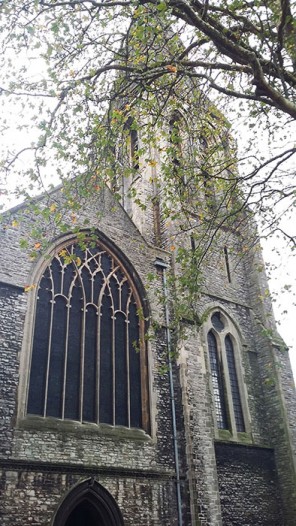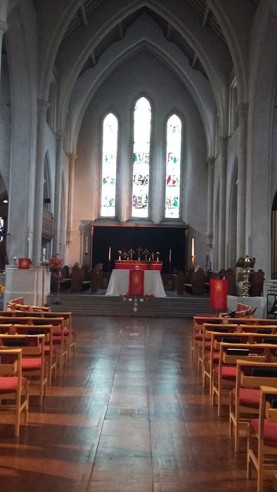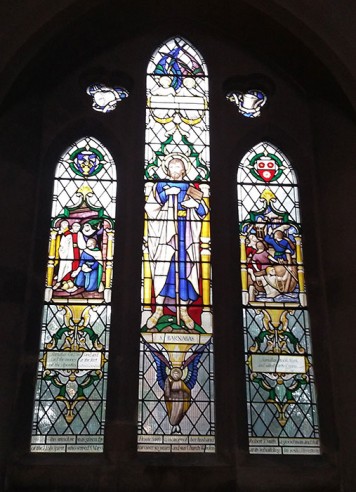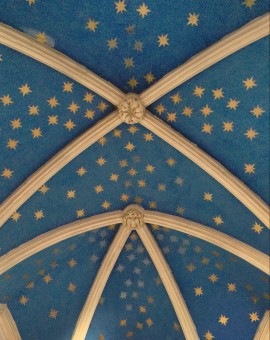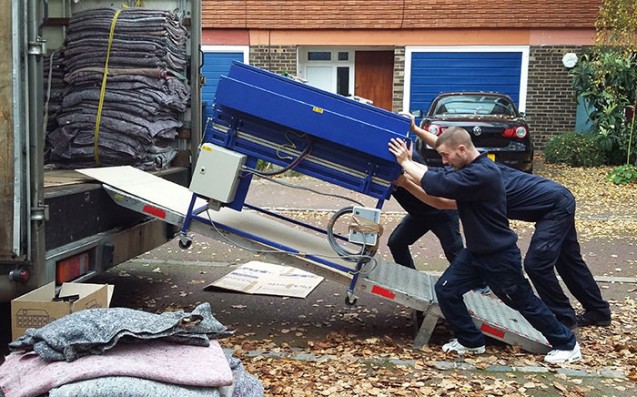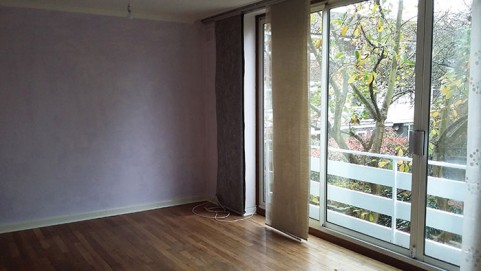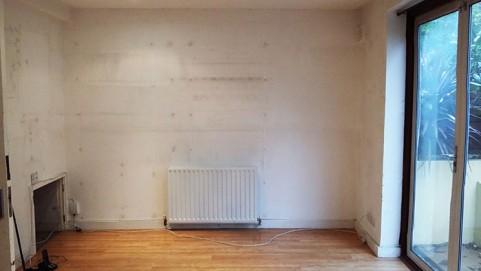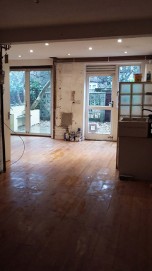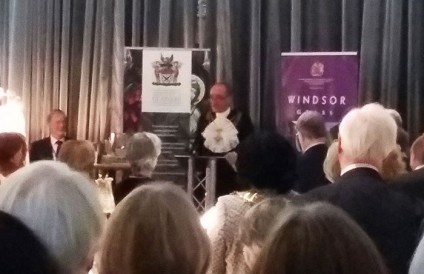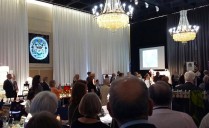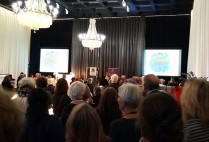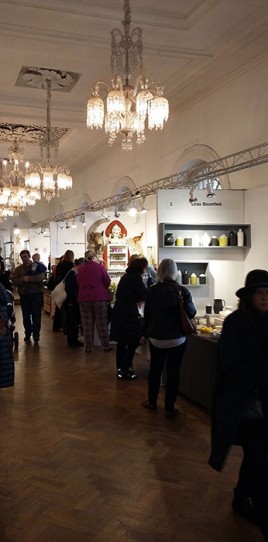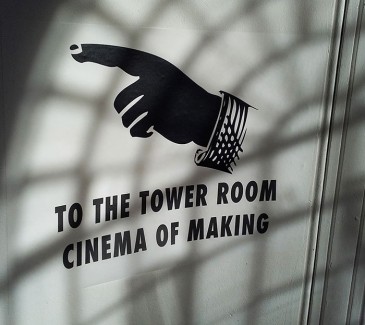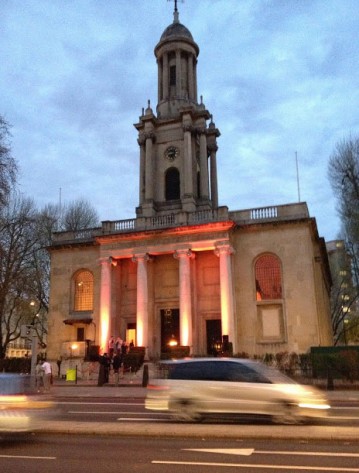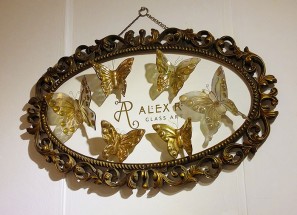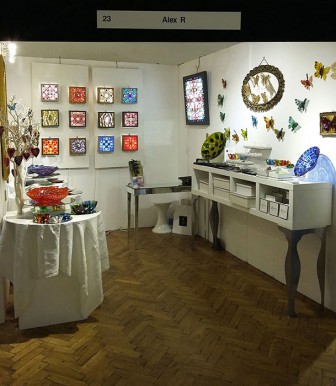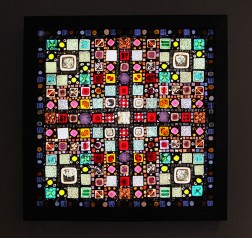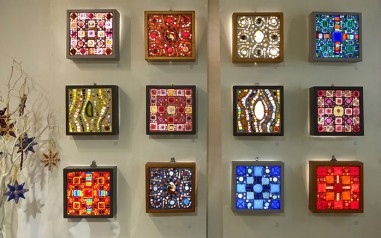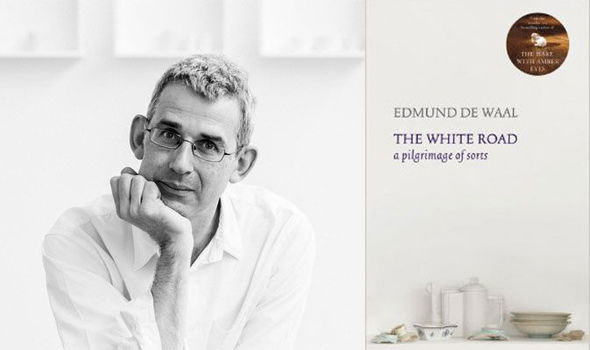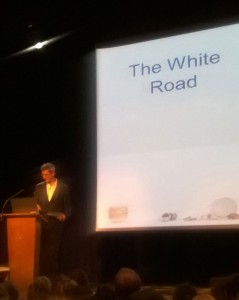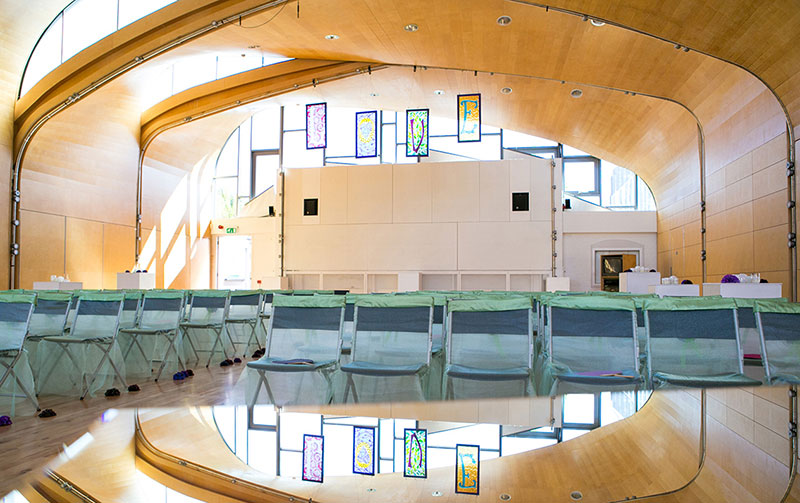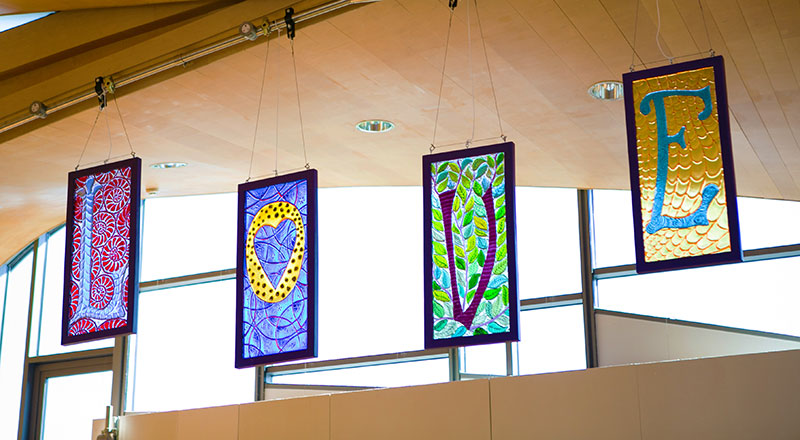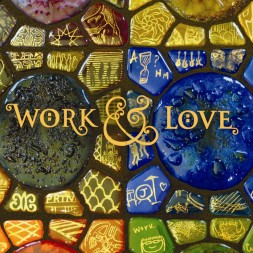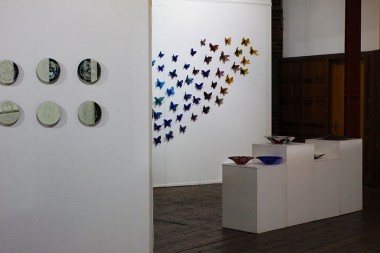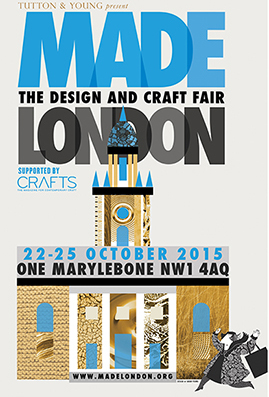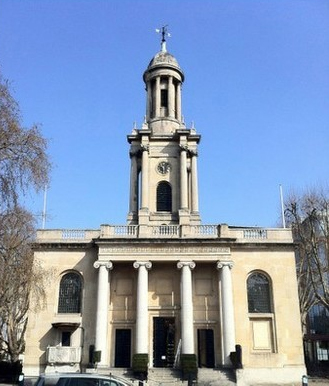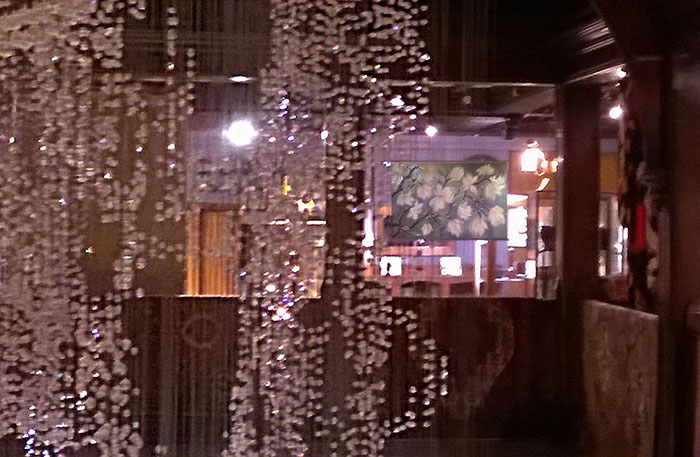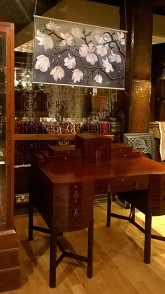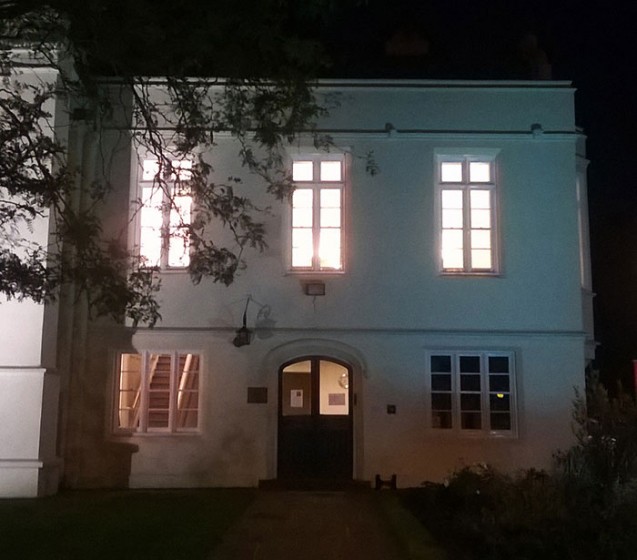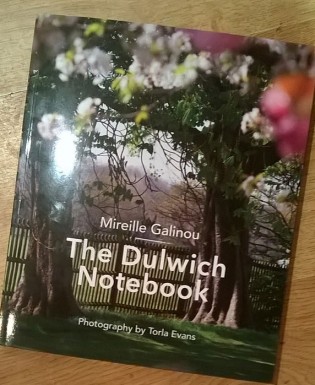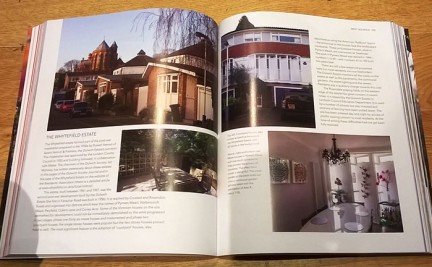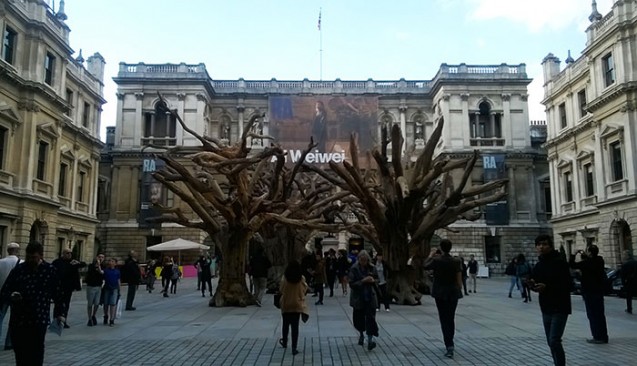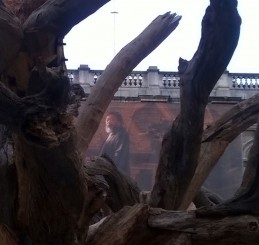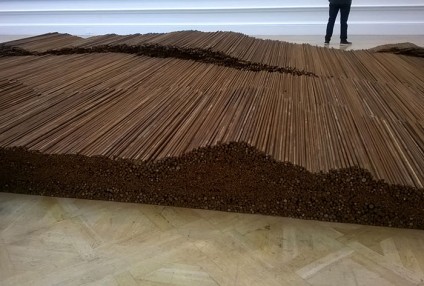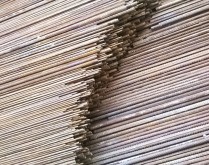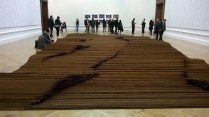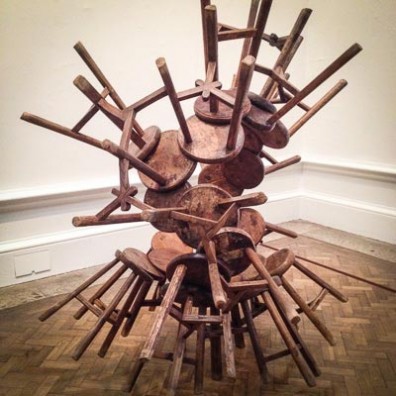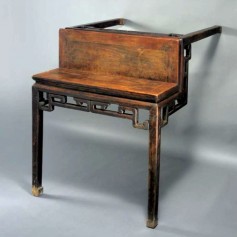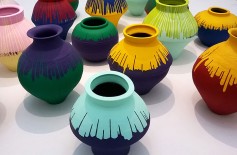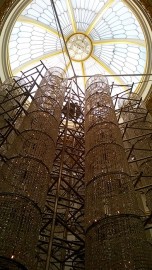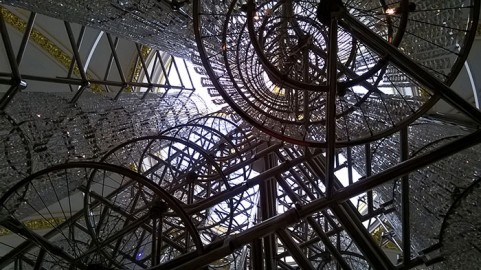I was delighted to have been asked back as one of four judges for next year’s Stevens Competition for Architectural Glass. The new brief for the competition has just been announced and it is a very exciting commission. St Mary’s Church in Southampton is commissioning a glass artist to design a stained glass window to commemorate the crew of the Titanic. Southampton sustained the greatest loss of life as virtually the entire crew of 1500 was drawn from the city. St Mary’s, its mother church, is closely connected with the ship which sailed from Dock Gate 4 close by and it was chosen as the venue for Southampton’s first memorial service after the disaster.
In early November I jumped on the train to meet the other judges at Southampton. We were driven from the station past the stadium of Southampton football club which has the nickname ‘the Saints’ as it originated from the church choir team. Pulling up in front of the church, we could see the neo-gothic architecture of the Victorian exterior which survived the blitz.
The building was gutted except for the baptistery, belfry and vestry and all the windows other than those in the baptistry were destroyed. The present church was reconstructed in the 1950s with a spartan neo-Cistercian interior and attractive stained glass windows which were modern interpretation of what had gone before.
I particularly liked the window in the Seamen’s Chapel with its references to ships sailing beneath a rainbow and the drapery of a cloak emblazoned with stars like the unfurling firmament. Walking further round to look at the only original windows, I noticed the ceiling of the baptistery was also painted with gold stars on blue. My natural inclination – despite my role as a judge not an entrant – was to start coming up with ideas for the new window (old habits die hard!) and I immediately saw the potential link to an idea posited in the brief that 550 stars could be included in the design for the new window to represent the number of crew who died in the disaster.
The new window panel will be built into the north aisle and the brief requires the design to incorporate a quotation from the Old Testament book Song of Songs – ‘Many Waters Cannot Quench Love’ – as well as the emblem of the White Star Line, the company which owned the ship. The site and the brief offer a rich source of ideas for what should be a very exciting commission.
Read the competition brief here
